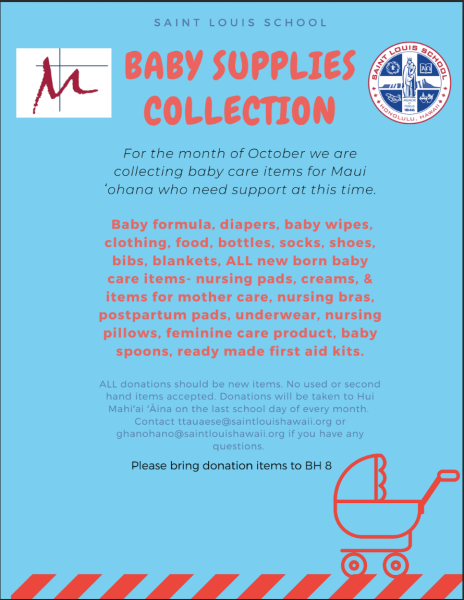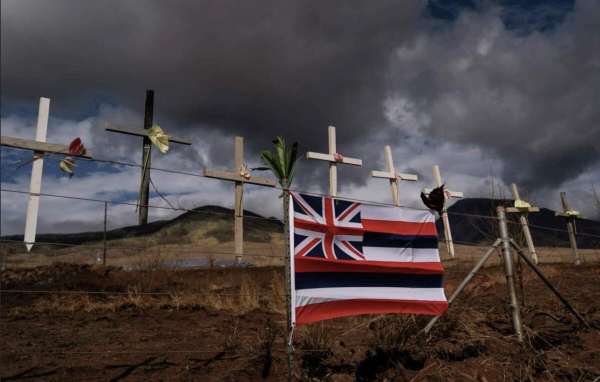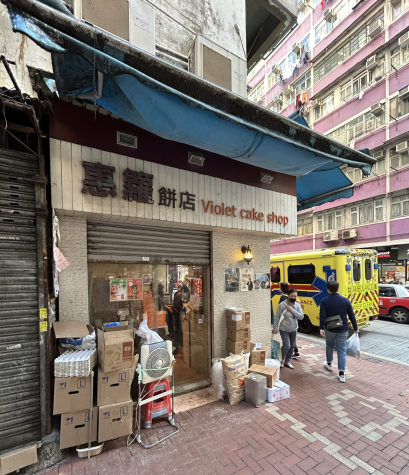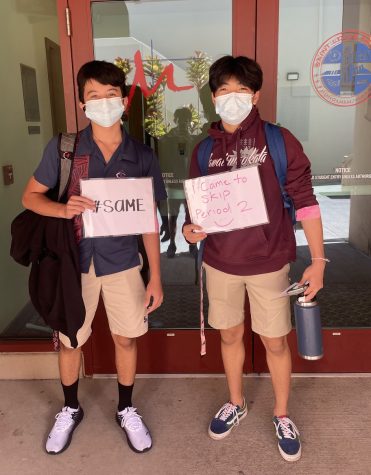Kaho’olawe Rejuvenation
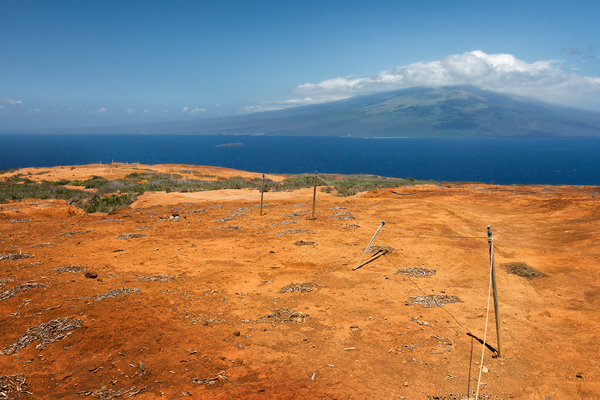
April 4, 2018
Kaho’olawe is the smallest of the Hawaiian islands that are relatively flat and covered with basaltic lava flows and some vegetation. The island has a long extinct caldera in the east and the island receives a very small amount of annual rainfall making the island devoid of freshwater. The earliest inhabitants were Hawaiians that settled in small fishing villages. Kaho’olawe was never a significant population center but were important as a navigational center for voyagers, an adze quarry, and archaeological evidence shows that there was other religious and ceremonial practices.
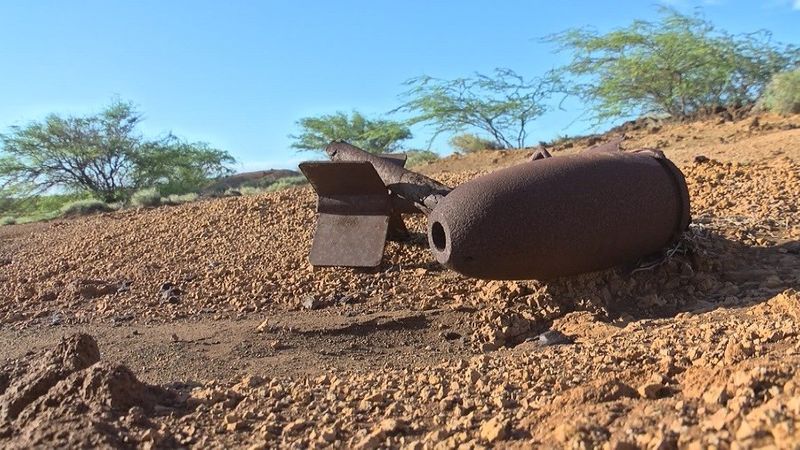
In recent times Kaho’olawe has been exploited by harboring cattle and sheep ranches and more famously given to the United States Navy during World War 2 for use as a bombing range. Public upset led to litigation and forced bombing on the island in 1990. After a 10-year removal of unexploded ordnance and other debris left by the United States Navy, the island of Kaho’olawe was transferred to the State of Hawaii in 2003.
“Twenty years ago we were walking around and there were bombs everywhere, all over the place.” -Mike Nahoopii
After years of abuse, Kaho’olawe is finally undergoing ecological restoration. Due to the mistreatment of the island for years, and the low rainfall, restorers will not be able to see Kaho’olawe restored during their lifetime. Just a few decades ago Kaho’olawe was still littered with ordinance but now volunteers are able to start small restorative action. The one area that is still in need of treatment is the ocean surrounding the island. The surrounding water was not cleaned of ordnance and receives 2 million tons of soil from the island a year.
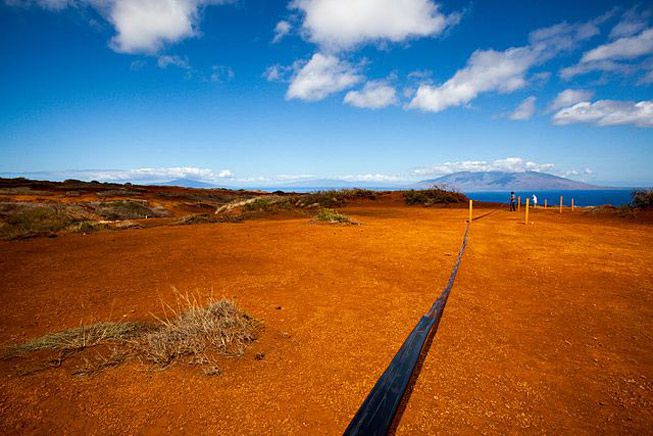
Volunteers from the Kaho’olawe Island Reserve Commission have planted over 400,000 native plants so far. The volunteers run the organization with a small budget based on donations and view the restoration of Kaho’olawe as a marathon, not a sprint. Despite the monumental task of restoring an island, the group is taking important first steps towards improvement.



